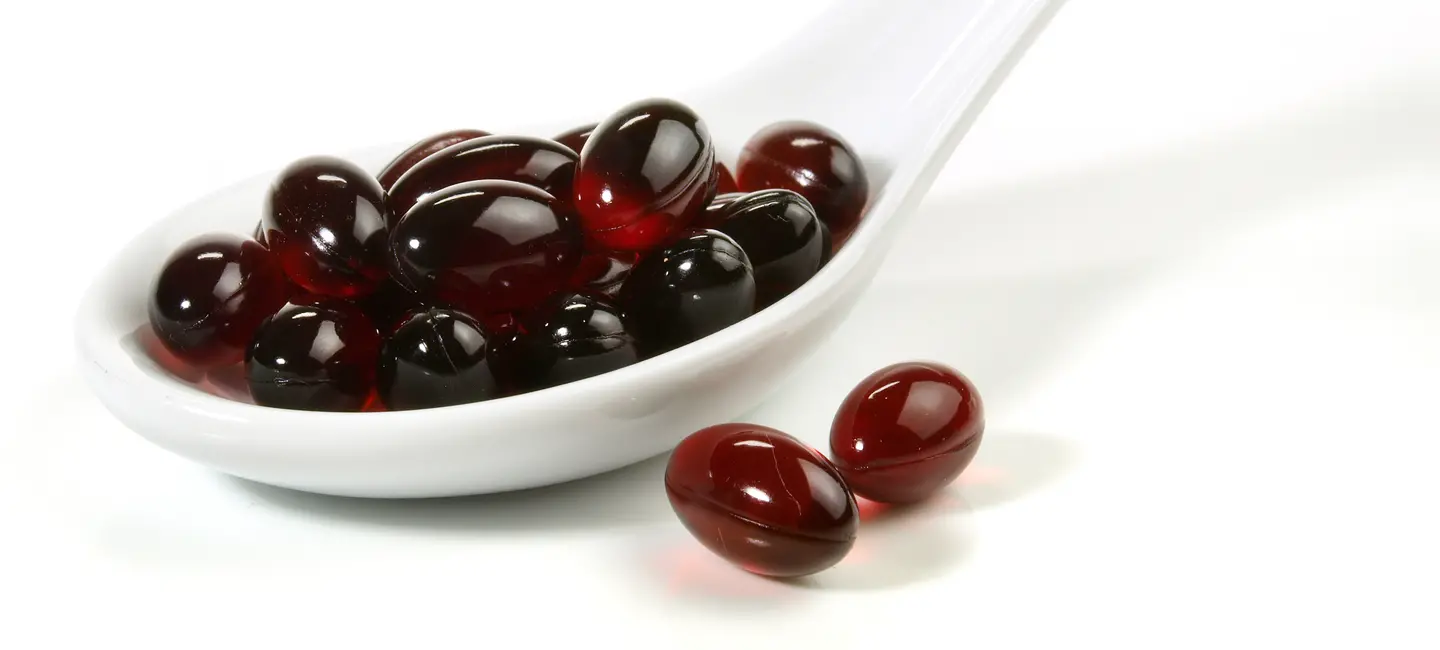
Astaxanthin is a red pigment that belongs to a group of chemicals called carotenoids. It occurs in certain algae and causes the pink-red color in salmon.
Astaxanthin is an antioxidant. This effect might protect cells from damage. Astaxanthin might also improve the way the immune system functions.
People use astaxanthin for many purposes, including Alzheimer disease, athletic performance, aging skin, muscle soreness from exercise, and many others. But there is no good scientific evidence to support these uses.
Is It Effective?
There is interest in using astaxanthin for a number of purposes, but there isn't enough reliable information to say whether it might be helpful.
Is it Safe?
When taken by mouth: Astaxanthin is found in some foods and is often consumed in small amounts in the diet. Astaxanthin is possibly safe when taken as a supplement. Doses of 4-18 mg daily have been used for up to 12 weeks. Taking astaxanthin might cause increased bowel movements and red stool color. High doses of astaxanthin might cause stomach pain.
Special Precautions & Warnings:
Pregnancy and breast-feeding: There isn't enough reliable information to know if astaxanthin is safe to use when pregnant or breast-feeding. Stay on the safe side and avoid using in amounts greater than those found in foods.
Medications changed by the liver (Cytochrome P450 2B6 (CYP2B6) substrates)
Interaction Rating=Moderate Be cautious with this combination.
Some medications are changed and broken down by the liver. Astaxanthin might change how quickly the liver breaks down these medications. This could change the effects and side effects of these medications.
Medications changed by the liver (Cytochrome P450 3A4 (CYP3A4) substrates)
Interaction Rating=Moderate Be cautious with this combination.
Some medications are changed and broken down by the liver. Astaxanthin might change how quickly the liver breaks down these medications. This could change the effects and side effects of these medications.
Carotenoids: Other carotenoid supplements may decrease the absorption of astaxanthin. Carotenoids include astaxanthin, beta-carotene, canthaxanthin, lutein, and lycopene.
There are no known interactions with foods.
Astaxanthin has most often been used by adults in doses of 4-18 mg by mouth daily for up to 12 weeks. Speak with a healthcare provider to find out what dose might be best for a specific condition.
Astaxanthine, Astaxantina, Dihydroxy-3,3' dioxo-4,4' bêta-carotène, Microalgae, Microalgue, Micro-Algue, Ovoester, 3,3'-dihydroxy-4,4'-diketo-beta-carotene, 3S,3'S-astaxanthin, 3R,3'R-astaxanthin, 3R,3'S-astaxanthin.
Information on this website is for informational use only and is not intended to replace professional medical advice, diagnosis, or treatment. While evidence-based, it is not guaranteed to be error-free and is not intended to meet any particular user’s needs or requirements or to cover all possible uses, safety concerns, interactions, outcomes, or adverse effects. Always check with your doctor or other medical professional before making healthcare decisions (including taking any medication) and do not delay or disregard seeking medical advice or treatment based on any information displayed on this website.
© TRC Healthcare 2024. All rights reserved. Use and/or distribution is permitted only pursuant to a valid license or other permission from TRC Healthcare.
